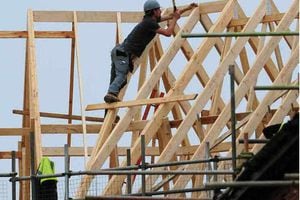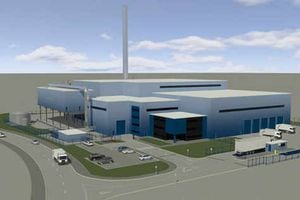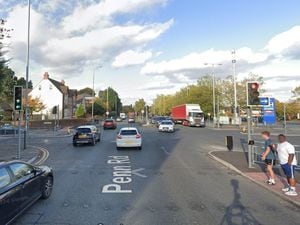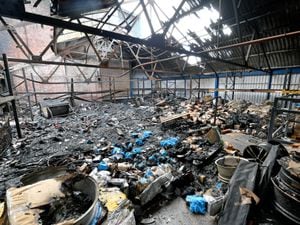900 homes will replace Coseley eco park
Up to 900 homes and a supermarket will be built under multi-million pound new plans for a site in Coseley.

Bosses have unveiled new proposals for the 66-acre Coseley Park site, which replaces the former Coseley Eco Park plans at the Bean Road and Wellington industrial estates and Newey Business Park.
Plans were initially put forward for Coseley Eco Park in 2011 and included 200 homes, commercial and retail space.
Planning permission for the scheme was granted in 2012, but stalled after the development partner ran into commercial difficulties.
Since then the site has been shortlisted as one of the UK's first Housing Zones. Now, developers Skelton Group Investments Limited, which owns the site, has drawn up revised plans.

Graham Willson, director of Skelton Group Investments, said: "Our new plans will help deliver new sustainable communities and affordable homes that Dudley needs but we want to know what the community thinks."
The new plans will see up to 900 new homes, a public open space and a number of ponds and tree-lined streets.
A smaller supermarket than was planned for the Coseley Eco Park development is also included in the plans.
People are now being asked to have their say on the new plans before a planning application is submitted.
Consultation events will be held on July 9 between 3pm and 8pm and July 10 between 1pm and 6pm at Upper Ground Floor Office, Wellington House, Wellington Industrial Estate, Sangwin Road in Coseley.
Melvyn Mottram, councillor for Coseley Easte, is to meet the developers in the coming weeks over the revised plans.
He said: "I welcome the plans, it is a good idea to bring in new housing for this area. As a borough we have housing targets and this will go some way to helping with the figures."
The masterplan site consists of the Wellington Industrial Estate to the north, the Bean Road Industrial Estate in the centre and the Newey Business Park to the south. The Birmingham New Road runs along the western boundary.
The site was used for metal manufacturing from the early 19th Century.





